
A genus of 3 species (as treated here), trees, of e. North America and Mexico. There has been much debate over whether the taxa of Taxodium should be treated as species or varieties, and if as varieties, the proper nomenclature. I agree with Godfrey (1988), in his preference "to recognize two species [within his area, which did not include the distribution of Taxodium mucronatum]... because it is my perception that the vast majority of trees (populations) are thus distinguishable." True intermediates appear to be very rare, though the "mimicry" of the two species creates "pseudo-intermediates" that can cause difficulties in identification. Occasionally, the Taxodium ascendens and Taxodium distichum can be seen growing together, in "hybrid habitats," as at the junction of Lake Waccamaw and the Waccamaw River (Columbus County, NC); a few recognizable intermediates can be seen. See Lickey & Walker (2002) for a contrary argument supporting varietal status. Neufeld (1986) discusses the different architecture and ecophysiology of the two species. The third taxon in the genus is Taxodium mucronatum Tenore, ranging from s. TX south to Mexico and Guatemala. West of the Mississippi River, the architecture of Taxodium distichum comes to resemble that of Taxodium mucronatum, suggesting the possibility of introgression. For this and other reasons, Watson in FNA (1993b) and other authors prefer to treat Taxodium mucronatum at varietal rank, as Taxodium distichum var. mexicanum Gordon. Taxodium is most closely related to Glyptostrobus and Cryptomeria.
Ref: Adams et al. (2012); Duncan & Duncan (1988); Godfrey (1988); Lickey & Walker (2002); Neufeld (1986); Page In Kramer & Green (1990); Tiwari et al. (2012); Tsumura et al. (1999); Watson (1993) In Flora of North America Editorial Committee (1993b). Show full citations.
Hover over a shape, letter, icon, or arrow on the map for definition or see the legend. Data for arrows not developed for genera and families which may have species only occurring outside the flora area.
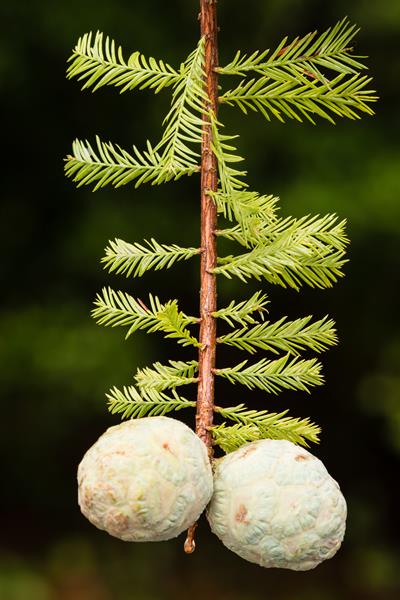 © Keith Bradley | Taxodium distichum | Original Image ⭷
© Keith Bradley | Taxodium distichum | Original Image ⭷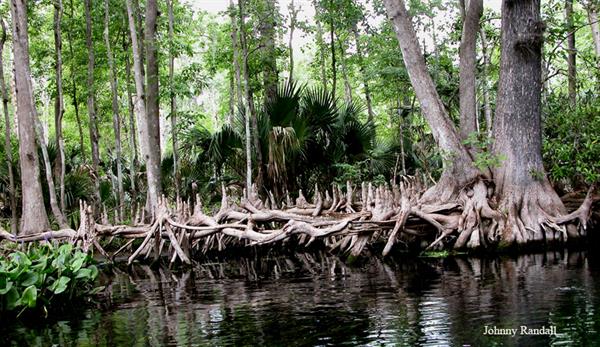 © Johnny Randall | Taxodium distichum | Original Image ⭷
© Johnny Randall | Taxodium distichum | Original Image ⭷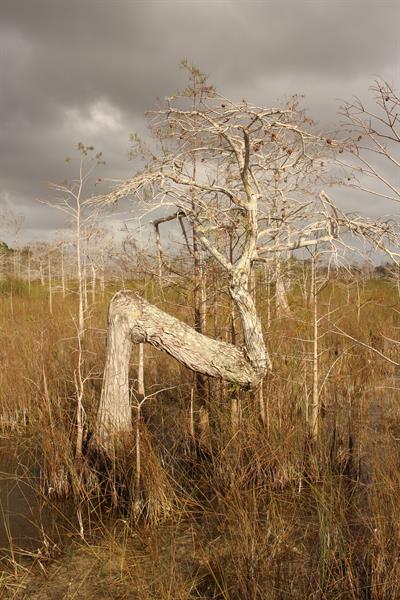 © Scott Ward | Taxodium ascendens | Original Image ⭷
© Scott Ward | Taxodium ascendens | Original Image ⭷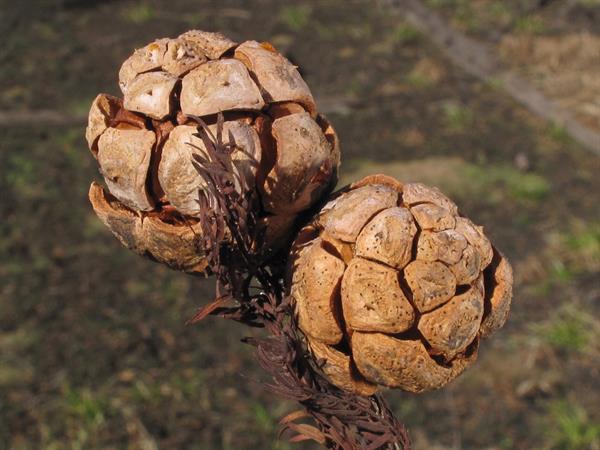 © Alan Cressler: Taxodium distichum, cones, Riverbend Wildlife Management Area, waterfowl impoundments, Laurens County, Georgia 1 by Alan Cressler | Taxodium distichum source | Original Image ⭷
© Alan Cressler: Taxodium distichum, cones, Riverbend Wildlife Management Area, waterfowl impoundments, Laurens County, Georgia 1 by Alan Cressler | Taxodium distichum source | Original Image ⭷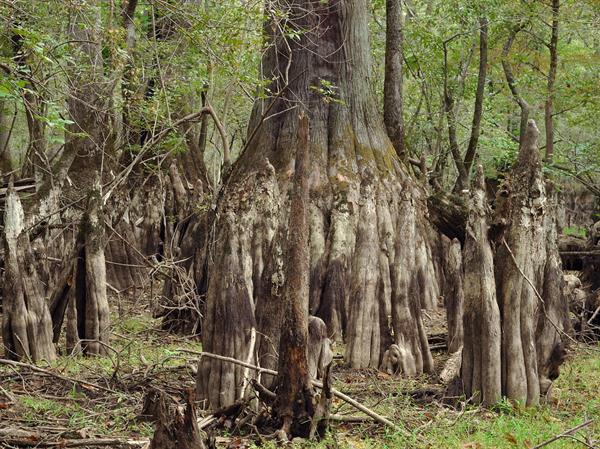 © Gary P. Fleming | Taxodium distichum | Original Image ⭷
© Gary P. Fleming | Taxodium distichum | Original Image ⭷ © Bruce A. Sorrie | Taxodium ascendens | Original Image ⭷
© Bruce A. Sorrie | Taxodium ascendens | Original Image ⭷ © Bruce A. Sorrie | Taxodium ascendens | Original Image ⭷
© Bruce A. Sorrie | Taxodium ascendens | Original Image ⭷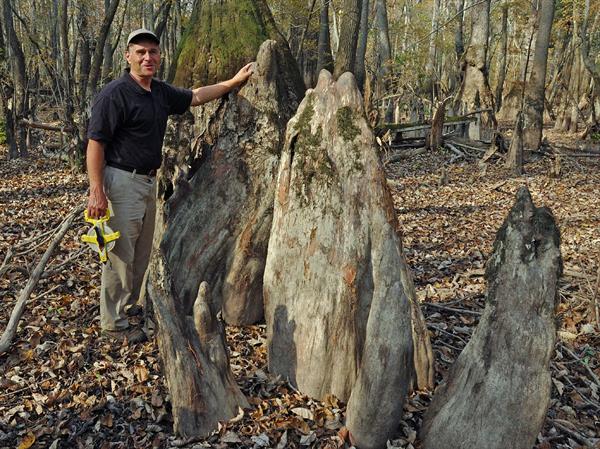 © Gary P. Fleming | Taxodium distichum | Original Image ⭷
© Gary P. Fleming | Taxodium distichum | Original Image ⭷ © Aidan Campos | Taxodium ascendens source | Original Image ⭷
© Aidan Campos | Taxodium ascendens source | Original Image ⭷ © Alan Cressler: Taxodium ascendens, The Tree, Wet Savanna, Apalachicola National Forest, Liberty County, Florida 1 by Alan Cressler | Taxodium ascendens source | Original Image ⭷
© Alan Cressler: Taxodium ascendens, The Tree, Wet Savanna, Apalachicola National Forest, Liberty County, Florida 1 by Alan Cressler | Taxodium ascendens source | Original Image ⭷ © Alan Cressler: Taxodium distichum, Giant Old Growth Tree No. 1, Altamaha River Floodplain, Long County, Georgia, Steve Bowling 3 by Alan Cressler | Taxodium distichum source | Original Image ⭷
© Alan Cressler: Taxodium distichum, Giant Old Growth Tree No. 1, Altamaha River Floodplain, Long County, Georgia, Steve Bowling 3 by Alan Cressler | Taxodium distichum source | Original Image ⭷ © Alan Cressler: Taxodium distichum, with Ficus aurea, Corkscrew Swamp Sanctuary, National Audubon Society, Collier County, Florida 1 by Alan Cressler | Taxodium distichum source | Original Image ⭷
© Alan Cressler: Taxodium distichum, with Ficus aurea, Corkscrew Swamp Sanctuary, National Audubon Society, Collier County, Florida 1 by Alan Cressler | Taxodium distichum source | Original Image ⭷Feedback
See something wrong or missing on about Taxodium? Let us know here: (Please include your name and email if at all complicated so we can clarify if needed.)
Cite as...